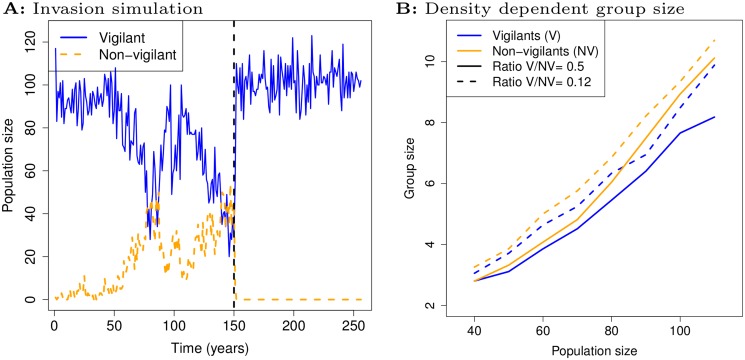Figure 4. Co-existence of vigilant and non-vigilant foragers.
A: Invasion simulation showing a selected non-vigilant genotype (orange) invading a population of a selected vigilant genotype (blue), after which both types co-exist. The non-vigilant genotype has a stronger grouping tendency and this enables it to coexist with the vigilant genotype. Co-existence ends when non-vigilant foragers are prevented from fleeing when vigilant foragers flee (after dashed line). Parameters for vigilant and non-vigilant foragers were taken from year 330 in the simulation of Fig. 2B. B: Average group size in vigilant (blue) and non-vigilant foragers (orange), using the same genotypes as in A, decline as population size declines. We used simulations in which population size and the ratio of vigilant and non-vigilant foragers was fixed. A greater proportion of non-vigilant foragers (dashed lines) leads to larger groups sizes since non-vigilant foragers have stronger grouping tendencies.

